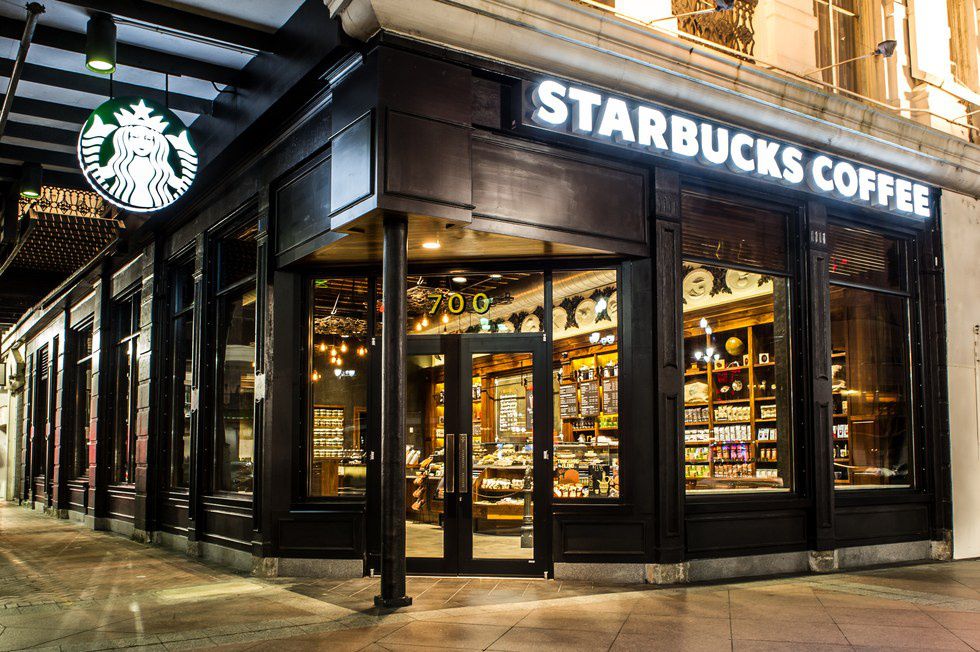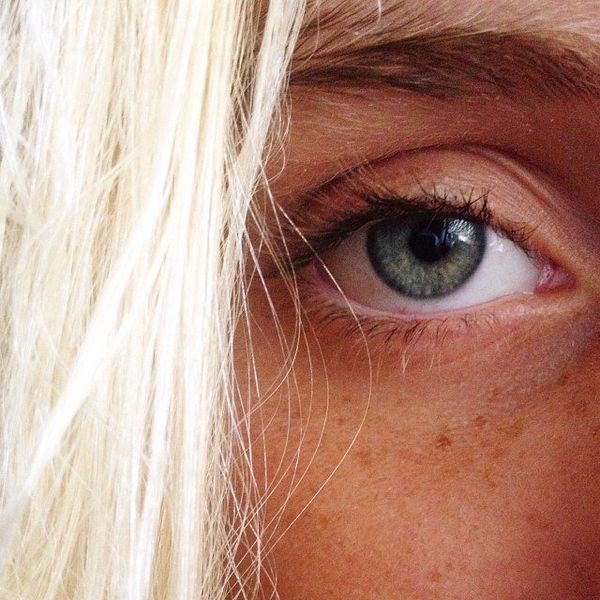For much of our younger lives, coffee was perceived as that black, acidic death that adults drink to live. We’ve just tried to seem grown up drinking syrup and sugar with a little bit of espresso at the bottom of four inches of whipped cream and bits of Oreo. Some of us, now over 20 years old, still dig these monstrosities that can hardly be considered coffee, and will obligingly hand over five or more dollars for something far too complex to take seriously.
But in college, shelling out five dollars every time you need a caffeine fix is not conducive to survival. What if you run out of thumbtacks while decorating your cork board and you don’t have the heart to steal from the many boards in the Academic Center? You’ll have to buy more, but wait, no, I don’t have the money, because I spent it on an iced chai mocha latte whipped cream double espresso garden vegetable macchiato with soy milk and gold shavings. Let’s also not forget that college students are also notoriously lazy -- it's cold out, and Starbucks is a few blocks away.
In order to avoid breaking your already broken wallet, billfold, or shoe box of money anymore, keeping in mind the risk of too much physical exertion, here's how to get more for your money while still getting the coffee you love or need without having to go too far.
Although these methods require more of an investment than a one-time trip to Starbucks, I promise they will pay off in the long run.
When it comes to buying a brewer, as I believe all coffee lovers should own some version thereof, you must choose either easy and expensive, or a little more difficult and cheap.

If you really don’t want to have to struggle with filters and loose grounds and all that jazz, buy a $100 Keurig and a $15 box of single-use K-Cups. Just remember that you will be spending another $15 once those 24 cups are used. I’m no math major or frequent doer of mathematical equations, but let’s say that you drink two cups of coffee every day. That’s 12 days of simple coffee bliss, but will cost you a little over $35 a month if you want to stay consistently caffeinated, which isn’t terrible. Consider this, though: You are in college, broke, and this is almost a $135 initial investment with $35 extra coming out of your pocket every month. Let’s say that you live for 80 years altogether. You will have paid over $25,000 in your lifetime, excluding every $100 replacement Keurig you had to buy. And that’s not counting sugar and cream.

Alternatively, if you don’t mind putting in a little extra work and getting more satisfaction out of your brewing experience, I would recommend buying a $20-$40 drip brewer from Walmart, Target, or wherever relevant. The reason you want to shoot for this price range is because the cheaper $10-$20 brewers are flimsy and have poor weight distribution, which makes them more problematic than the $20-$30 brewers. I own the Hamilton Beach Cafetera, which is $35 at Target, and a pretty d*mn solid brewer. With this, you’ll also want a pack of filters, which can be purchased for under $2 at any gas station, but for adding purposes, we’ll stick with the $2 round-up that gets you about 100 paper filters. The number of filters obviously depends on what size pack you buy. Most importantly, though, you’ll want a bag or can of coffee grounds, which costs about $4 but, here’s the benefit, can brew up to 80 cups with one tablespoon constituting one 6 oz. cup. Essentially, you’re paying $0.05 for every cup, which is way more affordable than any coffee at Starbucks and just as good, if not better, because it’s not bogged down with sugar, syrups, and artificial anything that takes away from its beauty. If we were to do the math, given the same circumstances as in the Keurig’s case, obviously excluding replacement machines and filters for simplicity's sake, you would only pay roughly $3,150 over the course of your life for coffee. That is an approximate savings of $21,850. If you went to Starbucks every day for the next 60 years, you would have spent about $109,000, which shows that purchasing either a Keurig or a traditional drip brewer now is far more cost effective and rewarding than having someone overcharge you for a drink that essentially costs $0.05 to make at home.
And as for getting water for your brewer’s reservoir, the cold water from dormitory bathtub or sink faucets is usually filtered. It’s not as clean as it could be, but doesn’t incur any additional costs or affect the flavor of your coffee too much.
So, if you want to save more when getting your caffeine fix, consider brewing coffee yourself because not only does it save you thousands in the long, long run, but it also gives you a satisfaction that can’t be acquired from waiting for your name to be misspelled on a paper cup.























